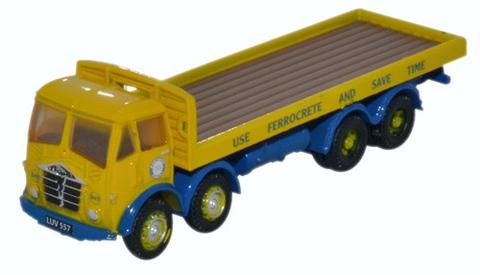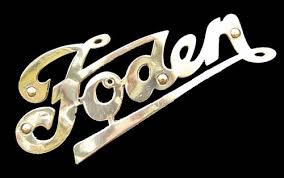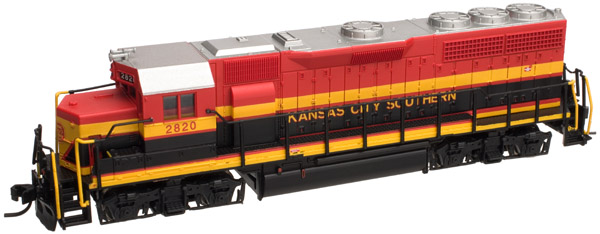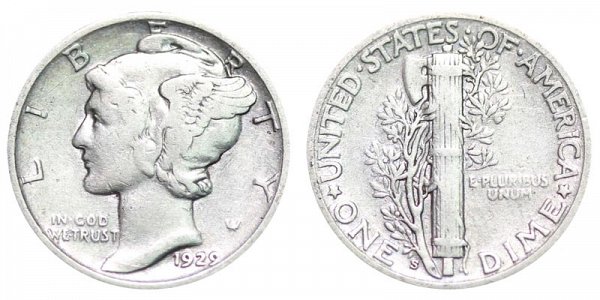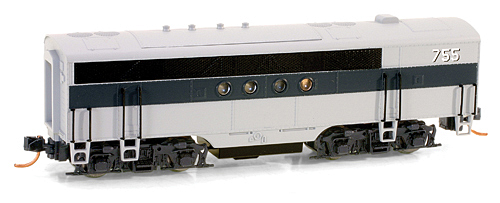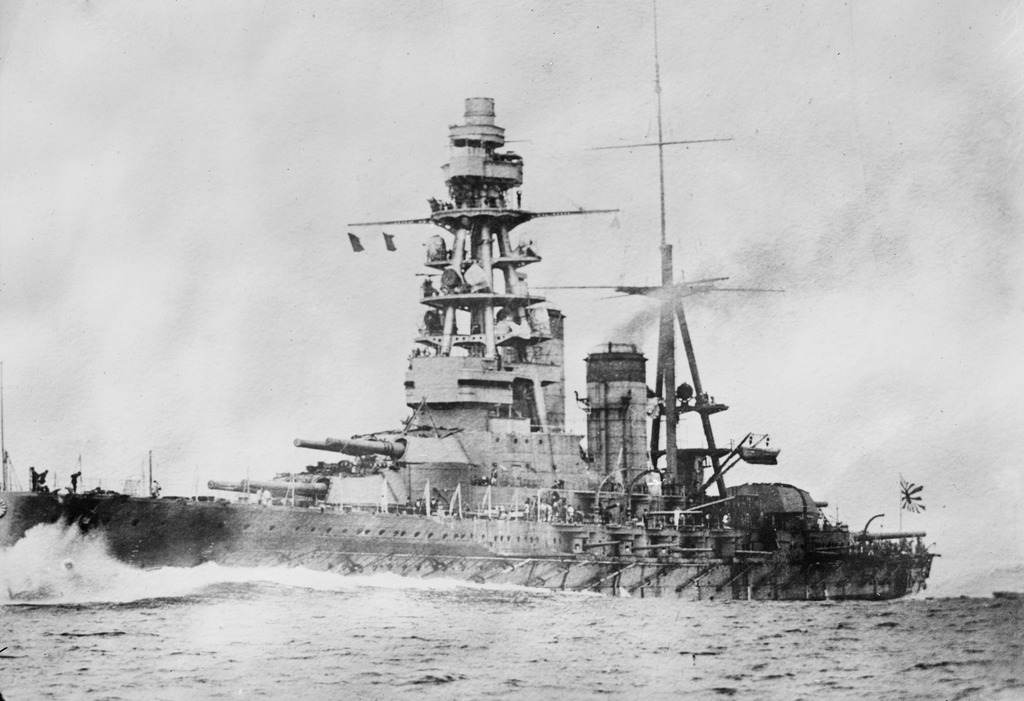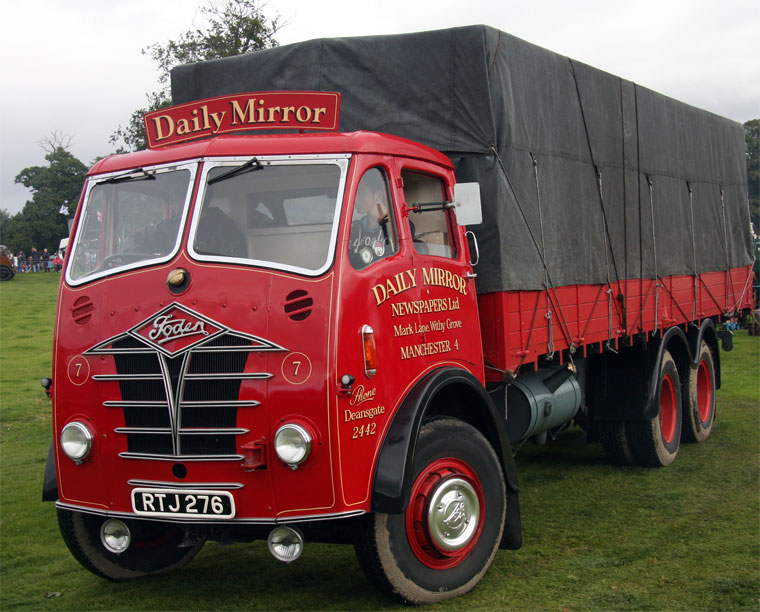Specific Item Information: The bright yellow and blue livery of Blue Circle Cement is instantly recognizable and looks good on our Foden FG 8 wheeler platform truck. Registered LUV 557 and advertising their Ferrocrete product along the side of the trailer back, the company’s Portland Cement logo is also printed on the cab doors. It is another good one to add to your construction line-up.
Prototype History: The completely new FE and FG lorry ranges were introduced in 1948, along with the new Foden FD6 two-stroke diesel engine, which became the standard engine for certain Foden heavy lorry models, such as the S18 FE6/15 Rigid Eight-Wheeler – the optional Gardner 6LW-engined version was the S18 FG6/15. (The S18 designation refers to the new cab that was produced for the new range.) The FD6 two-stroke engine, along with Gardner engines, was also fitted in Foden motorcoaches and buses. Only one Foden PVD double decker had the Foden Engine but it was popular in the PVS and PVR single-deckers, especially in coaching applications because it was much higher revving than the Gardner 5LW or 6LW. Bus and coach production ceased in 1956, but the last chassis only left the works in 1959, when it was registered 367CKA and received an early Plaxton Panorama body.From Wikipedia
Road Name History: 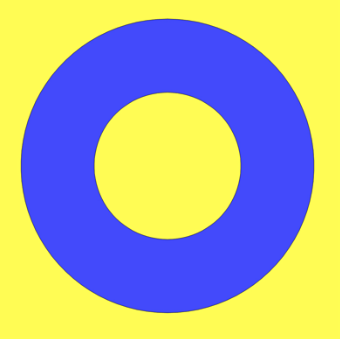 Blue Circle Industries was a British public company manufacturing cement. It was founded in 1900 as the Associated Portland Cement Manufacturers Ltd through the fusion of 24 cement works, mostly located on the Thames and Medway estuaries, together having around a 70% market share of the British cement market. In 1911 the British Portland Cement Manufacturers Ltd. was formed by the addition of a further 35 companies, creating a company with an initial 80% of the British cement market.
Blue Circle Industries was a British public company manufacturing cement. It was founded in 1900 as the Associated Portland Cement Manufacturers Ltd through the fusion of 24 cement works, mostly located on the Thames and Medway estuaries, together having around a 70% market share of the British cement market. In 1911 the British Portland Cement Manufacturers Ltd. was formed by the addition of a further 35 companies, creating a company with an initial 80% of the British cement market.
Subsequently, the company expanded overseas, predominately into commonwealth countries and South and Central America. The energy crisis of the 1970 caused the contraction of the company, and the sale of its overseas plants. In 1978 the company officially changed its name to Blue Circle. In 2001 the company was bought by Lafarge.
From Wikipedia

Subsequently, the company expanded overseas, predominately into commonwealth countries and South and Central America. The energy crisis of the 1970 caused the contraction of the company, and the sale of its overseas plants. In 1978 the company officially changed its name to Blue Circle. In 2001 the company was bought by Lafarge.
From Wikipedia
Manufacturer Information: Established in 1993, Oxford Diecast is a British Company that specializes in high-quality die-cast metal vehicles. Produced in various scales, the firm's models are marketed as collector items, gifts, and promotional products. Their largest production goes to OO scale (1:76) and in 2015 they introduced railway products under 'Oxford Rail' brand.
Their N-scale collection is using the 1:148 scale ratio as most British manufacturers.
Their N-scale collection is using the 1:148 scale ratio as most British manufacturers.
Item created by: CNW400 on 2020-02-16 20:05:51. Last edited by gdm on 2021-07-10 14:16:45
If you see errors or missing data in this entry, please feel free to log in and edit it. Anyone with a Gmail account can log in instantly.
If you see errors or missing data in this entry, please feel free to log in and edit it. Anyone with a Gmail account can log in instantly.


